
Ask DadPad, Health & Wellbeing
Ask DadPad: Your baby’s eyes
Posted on 25th September 2020
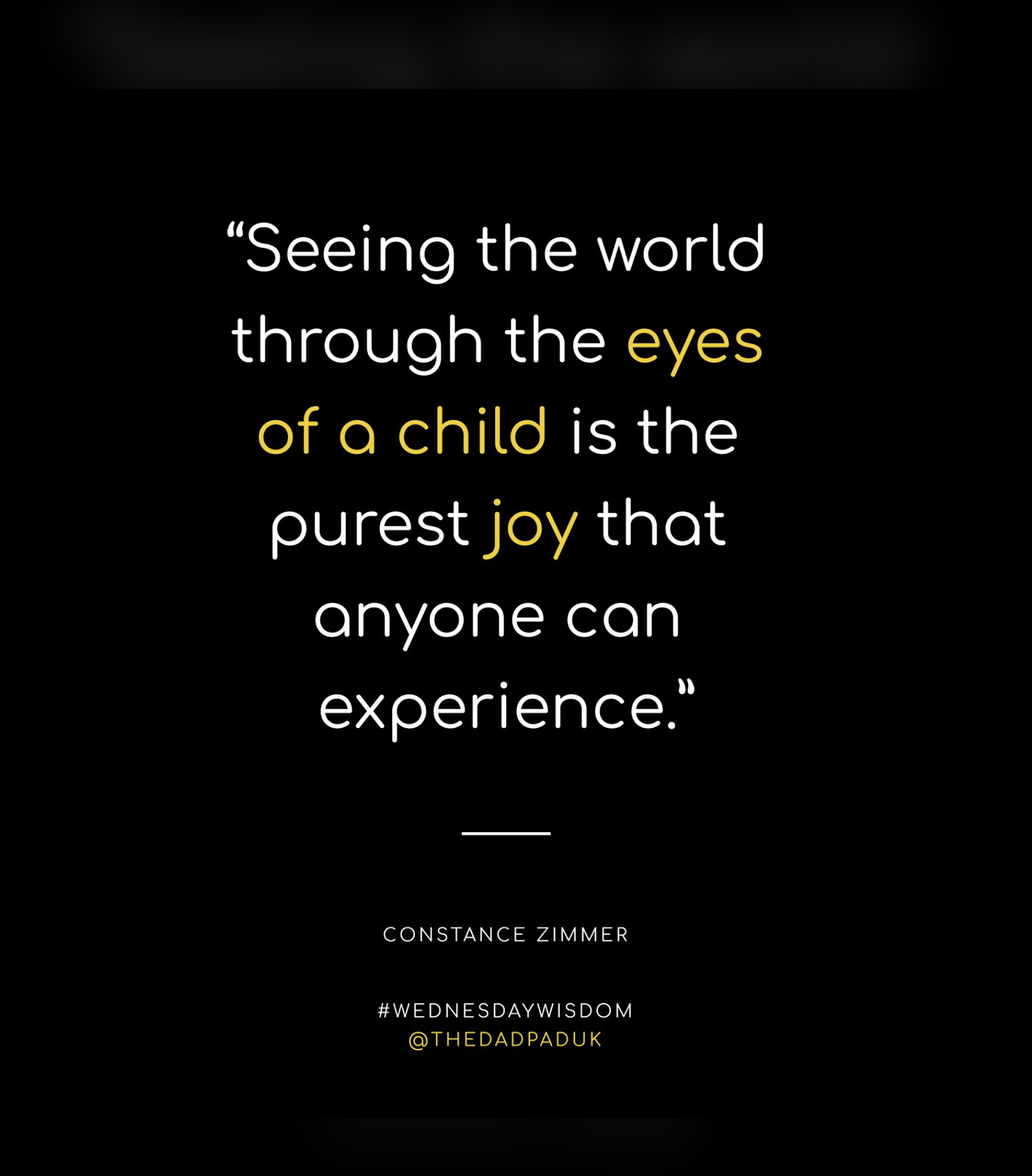
Today, as part of #NationalEyeHealthWeek, our blog is focusing on your baby’s eyes. Having an appreciation of how your baby sees the world will help you in so many ways, but especially in terms of forming a bond, interacting and communicating with them. We’ll have a good look at this a little later on in the blog.
Eyes and vision are also such an important part of – and play such a crucial role in – any child’s development that there will be a good deal of checks on and examinations of them taking place during your baby’s first days, weeks, months and years. To help you understand what these and for and when they take place, we’re going to give you an overview of the tests and checks that the midwives and health visitors will be carrying out on your baby’s eyes. We’ll also look at when you need to register your baby with an optician, in order to start a programme of regular eye tests.
To help us with this blog post, we spoke with an experienced midwife and also Jane Walker, a Health Visitor Team Manager – both based here in Cornwall; as always, we’re hugely grateful for their time in sharing their expertise.
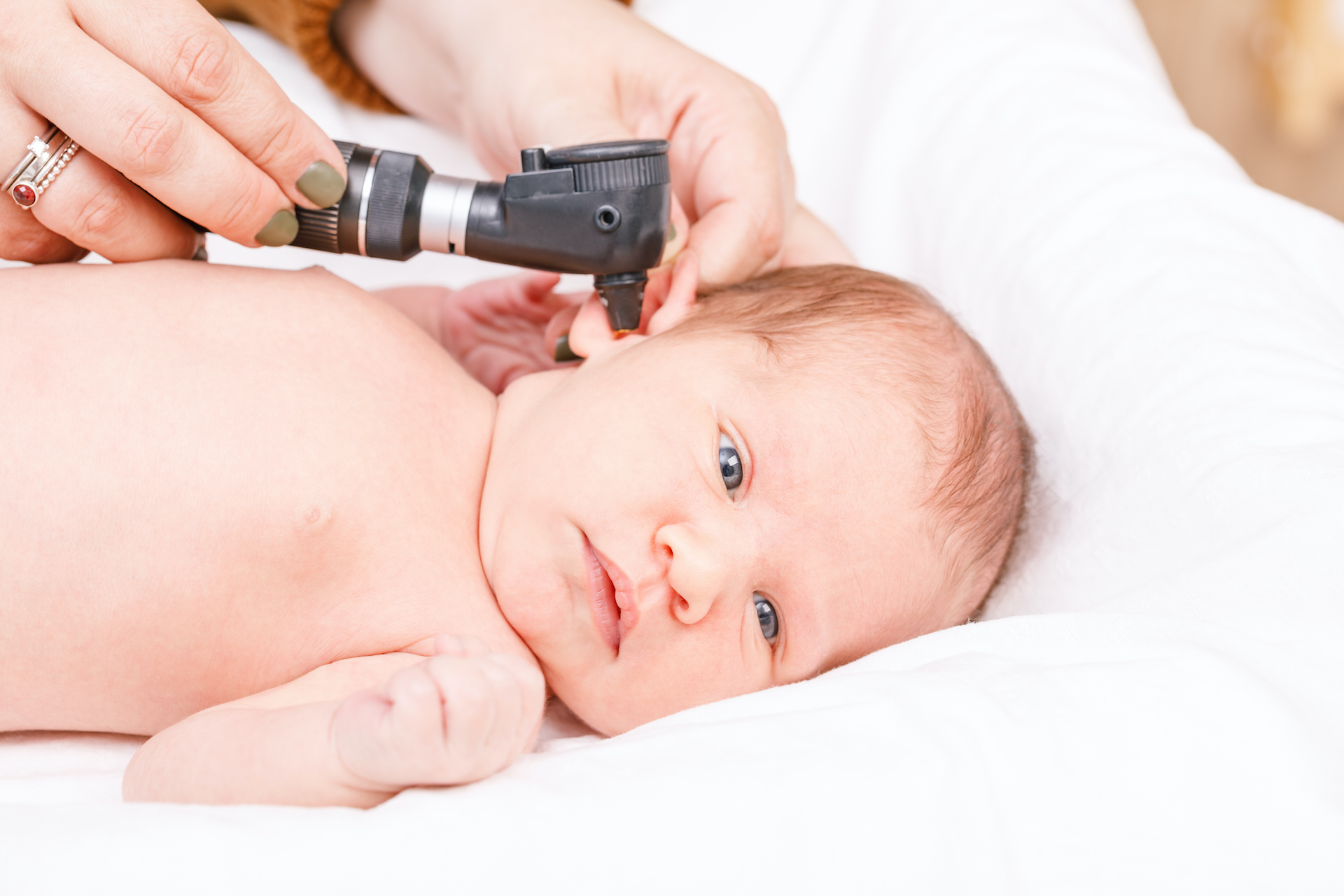
New baby checks
Soon after your baby is born, a health professional will carry out an initial examination before a more detailed physical examination is carried out a little later; both checks are to ascertain that baby does not have any specific problems. It is a requirement that all parents are offered this second check within 72 hours of their baby being born and, although optional, it is recommended that you consent to the examination as it will allow treatment to be put in place at the earliest opportunity if any problems are found.
The check – called the newborn physical examination or NIPE (Newborn and Infant Physical Examination) – usually takes place in the hospital, before you all go home. However, in some situations, it might take place in a community setting (which could be your home, or at a clinic, etc), after you’ve left hospital. There are lots of things that the health professional – usually a specially-trained midwife – will be looking at, including in particular baby’s heart, hips, testicles (if baby is a boy) and, of course, baby’s eyes.
During the screening of your baby’s eyes, the health professional’s main focus will be to see if your baby has been born with cataracts. This means that the lens of the eye – the bit that we see with, located just behind the pupil – is not completely see-through. This is not a common problem, as only about 2 or 3 babies in every 10,000 are born with cataracts. However, it’s important to identify as soon as possible if a baby does have cataracts, so that treatment can take place. Without this, baby’s eyesight could suffer.
The midwife will use a piece of equipment called an ophthalmoscope to shine a bright light into your baby’s eyes in order to check for cataracts. This test is sometimes called the red reflex test as, in a healthy eye, the midwife should see a red reflection. Alongside this, the health professional will check on how your baby is moving their eyes and also look at the size, shape and appearance of their eyes. However, this part of the screening is not a vision test, so you won’t yet know how well your baby is able to see.
The health professional will let you know the findings of their examination straight away and whether there is a need for any further tests or investigations.
This examination will be repeated when your baby is aged between six and eight weeks, and this time it is usually carried out by your GP.
Sticky eyes
For the first 10 days or so after your baby is born, your midwife will continue to visit you regularly at home. She will be keeping a look out for any stickiness or possible infections in your baby’s eyes, including conjunctivitis, and will be able to advise you on appropriate treatment.
Jane explains: “Often at this stage, babies can present with sticky eyes so the health care professional will talk through how to bathe the eyes with cooled boiled water and the signs to look for which would indicate needing to see your GP. A newborn baby has very small tear ducts and these can become blocked, which is usually the most common reason for sticky eyes. This will sort itself out with the bathing. Your health professional will inform you of the signs that would suggest the eye has become infected: redness, persistently very sticky, irritated or swollen.”
Whenever you are washing and cleaning your new baby, you should always wipe gently around their eyes, from the nose outwards, using a fresh piece of cotton wool for each eye, to stop any stickiness or infection being transferred from one eye to the other. There’s more information about cleaning and bathing your baby in our baby care blog post.
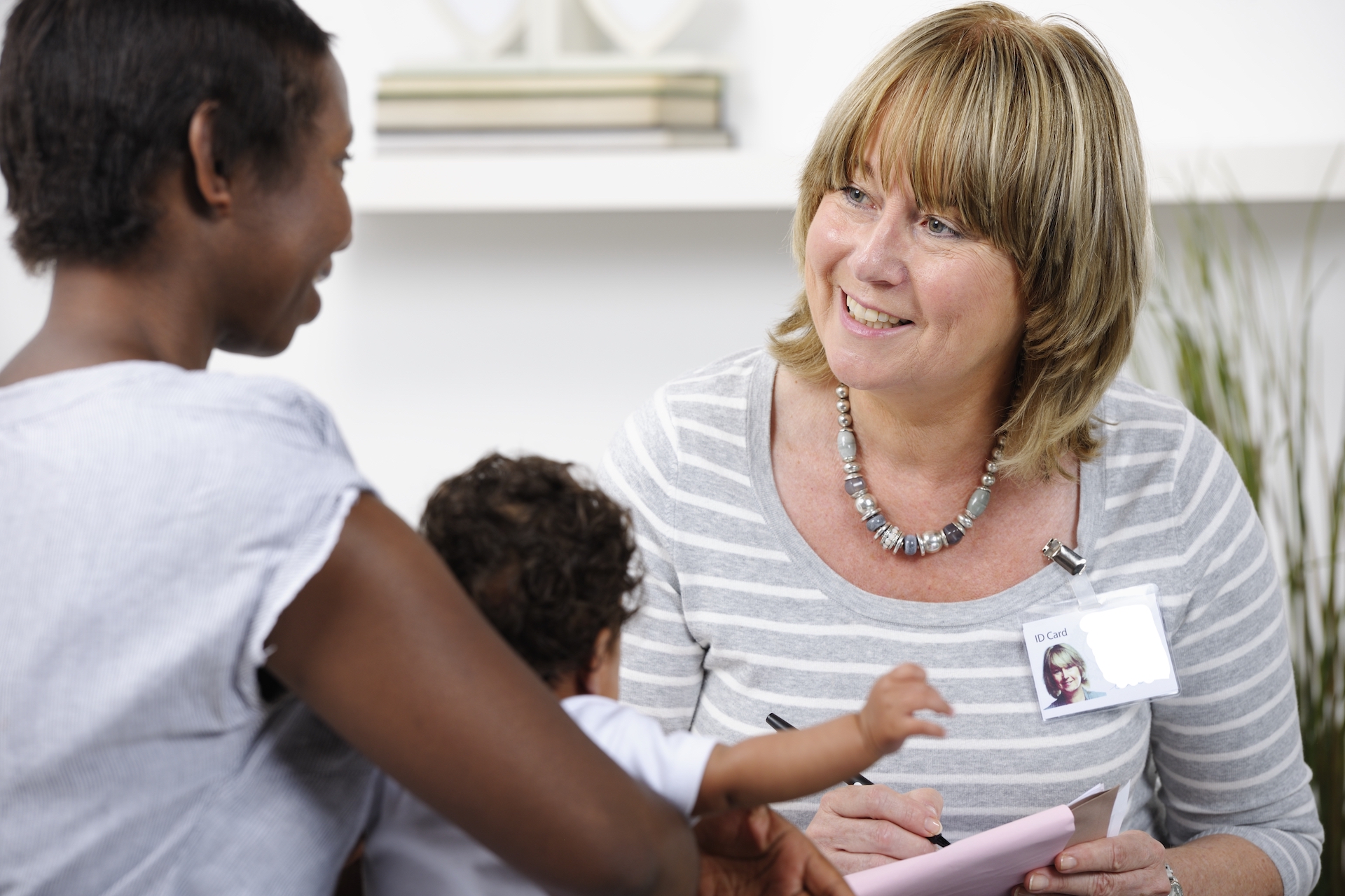
Health Visitor
Your Health Visitor will be your main point of contact throughout the first years of your baby’s life. After their first visit – the New Baby Review or New Baby Visit – which takes place at around 10-14 days after birth, they will plan to see you again at 6-8 weeks, 1 year and 2 years. Jane explains, though, that these “are the minimum contacts you will be offered; if there is a need, the team will plan and respond with additional contact.”
At each visit, your Health Visitor will be there to offer support and advice to you all. They will carry out checks and examinations on different aspects of your baby’s health and development (as well as checking in on how you and baby’s mum are coping with all aspects of being a new parent, including your mental health). In relation to your baby’s eyes, if the team have any concern at any point about your baby’s eyes or vision, then they can access and refer you to the orthoptic service. Jane explained the criteria that the team will follow to ensure that any baby or child who needs access to this specialist service gets it:
JW: We will refer any babies under 3 months of age if they have:
- a constant squint (inward or outward, or an up- or down-turning eye)
An urgent referral will be made for the following conditions:
- nystagmus (wobbly eyes)
- any significant facial abnormality involving the eyes
- concern that baby may not be able to see
We will refer any babies over 3 months of age if they have:
- a constant squint (inward or outward, or an up- or down-turning eye)
- nystagmus (wobbly eyes)
We will refer any babies or children over 6 months of age if they have:
- a constant or intermittent squint (inward or outward, or an up- or down-turning eye)
- nystagmus (wobbly eyes)
- any parental concern regarding the baby’s eyes or sight
- any constant abnormal head posture, especially if it is obvious when concentrating.
There is more information about the role of the Health Visitor team and their visits in the DadPad and DadPad app. It’s important to remember that your Health Visitor is there to support you, so don’t forget to use these visits, and any other contact that you might have with the team, to ask them for advice or about anything that might be worrying you.
Premature babies
We also asked Jane if the Health Visitors would perform any additional checks on babies born prematurely:
JW: A baby that is born early may need a little more time; the Health Visiting team will still review the baby at the same stages as above. If there is a delay in any area of development, a plan will be agreed with you to review this again and referrals to specialist services will be discussed as required. The same tips (as set out below) with reference to colours and faces apply to any baby. And please do not worry if your baby was early – they are great at catching up, and even overtaking sometimes. Babies are all individual and all do things at different times. Although it’s hard, try not to compare and to just enjoy and focus on your baby.
Baby’s eye development
As well as ensuring that their eye and vision health is checked regularly, it’s also really important to be aware of the way in which your baby’s eyes develop. If you’re too far away, they won’t be able to properly see you and this will make it harder for the two of you to interact (we gave some ideas on how to interact with your baby in our bonding blog post). There are some fantastic resources on the internet to help you to ‘see’ the world through your baby’s eyes, including this video produced by Guardian VR:
We asked Jane about key milestones to look out for in relation to your baby’s eyes and eyesight:
JW: A baby will usually start making definite eye contact with you around the age of 8 weeks. This will be discussed with you at the 6-8 Week Review. This is a clear sign that your baby is taking a real interest in what is going on around them. Young babies can see contrasting colours much more clearly and their vision can be quite blurred; as they grow, their eyesight improves. This is often the age when you will also see first smiles, which is a positive indication that baby is responding to you. Every minute they are awake, babies take in the sights, smells and sounds around them. Black, white or red toys are great at this stage and will help the baby to see shape and colour more clearly – this is good to remember when choosing things for them.
At around 4 months old, a baby can usually follow a moving object and you may well see them following you as you move about a room. The human face will be one of their most favourite things to look at, especially familiar ones! They will be making a conscious effort to engage with you. They will also enjoy seeing themselves, so baby-safe mirrors are a great idea. Brightly-coloured wall hangings and toys will also help your baby in developing their vision and lead onto developing hand-eye co-ordination.
Our midwife friend also reminded dads who are bottle-feeding their babies to always cuddle them in at this time – this close contact is not only lovely, bonding and comforting for both of you, but it also enables baby to be able to focus on you more clearly. Especially with newborns, you need to keep yourself around 25 cm/9 inches from their eyes, so that they can see you clearly.
The VisionDirect website also has an interactive baby sight tool which enables you to see how baby’s sight develops, alongside key information on their sight milestones and tips, including:
- Newborn – baby sees shapes, light and movement, but only in shades of grey – keep within 8-10 inches of baby’s eyes to build a visual bond
- 1-2 months – baby can now see red, orange, yellow and green colours – her eyes are learning to work as a ‘team’
- 3-4 months – baby is recognising more colours and can use her eyes together to track and focus more
- 5-6 months – baby’s depth perception is improving and she’s developing better hand-eye co-ordination, helping her to grab things!
- 7-8 months – baby is now able to recognise people and objects from across the room, although her short-range sight is still better
- 9-10 months – baby’s eyes will now be pretty much their adult colour, and her vision is also very close to that of an adult
- 11-12 months – baby’s vision should now be as sharp and clear as an adult’s
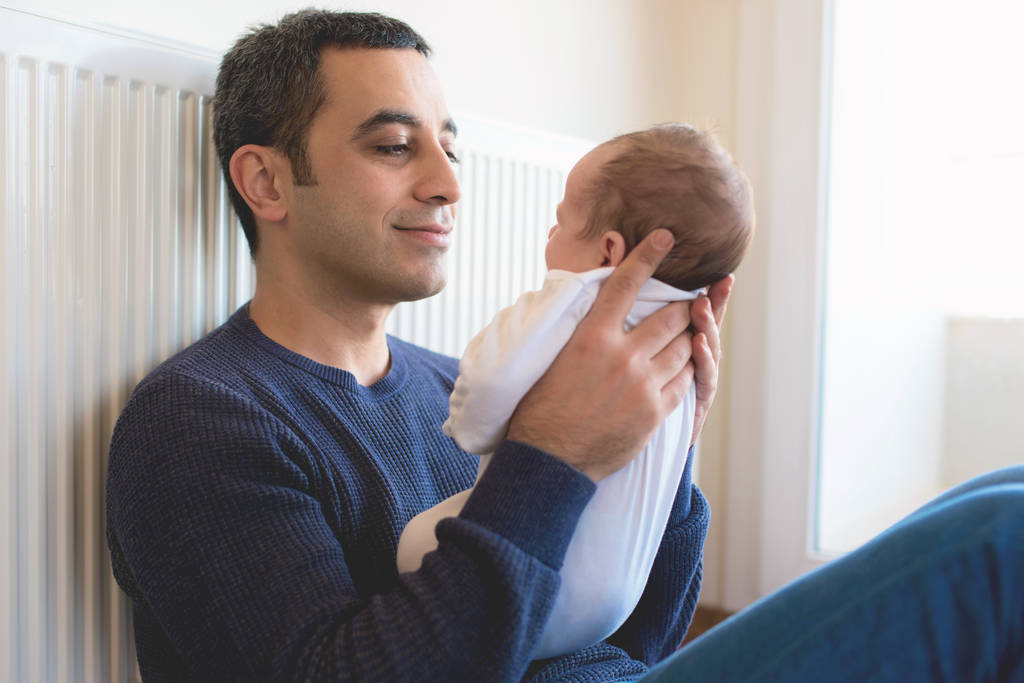
We ended our chat with Jane by asking her for advice for parents on what they can do to support their baby’s visual development:
JW: Enjoy your baby, spend time with your baby and talk to them. Even a tiny baby is stimulated by stories, songs and communication. They are listening and learning all the time. They will love looking at you. At this stage, they are picking up on early signs of communication and they learn from you. They learn to take turns when spending time interacting with you very early on. Keep close in the early weeks as babies can only see about an arm’s-length away. The first smiles are magical and it’s the reaction of those around them that reinforces this, so your baby learns to do it more. You can do this in everyday life: talk through what you are doing, share your day with them – it does not need to be lots of dedicated time and expensive toys.
‘Five to Thrive’ resources detail the difference that parents and carers can make when spending time getting to know their baby. In responding, we are teaching them the early connections of communication. Your Health Visiting Team member can talk to you about this.
For most, a baby’s vision will develop on its own and, generally, eyes take care of themselves, but if at any point you are concerned, please do contact your GP or Health Visiting Team.
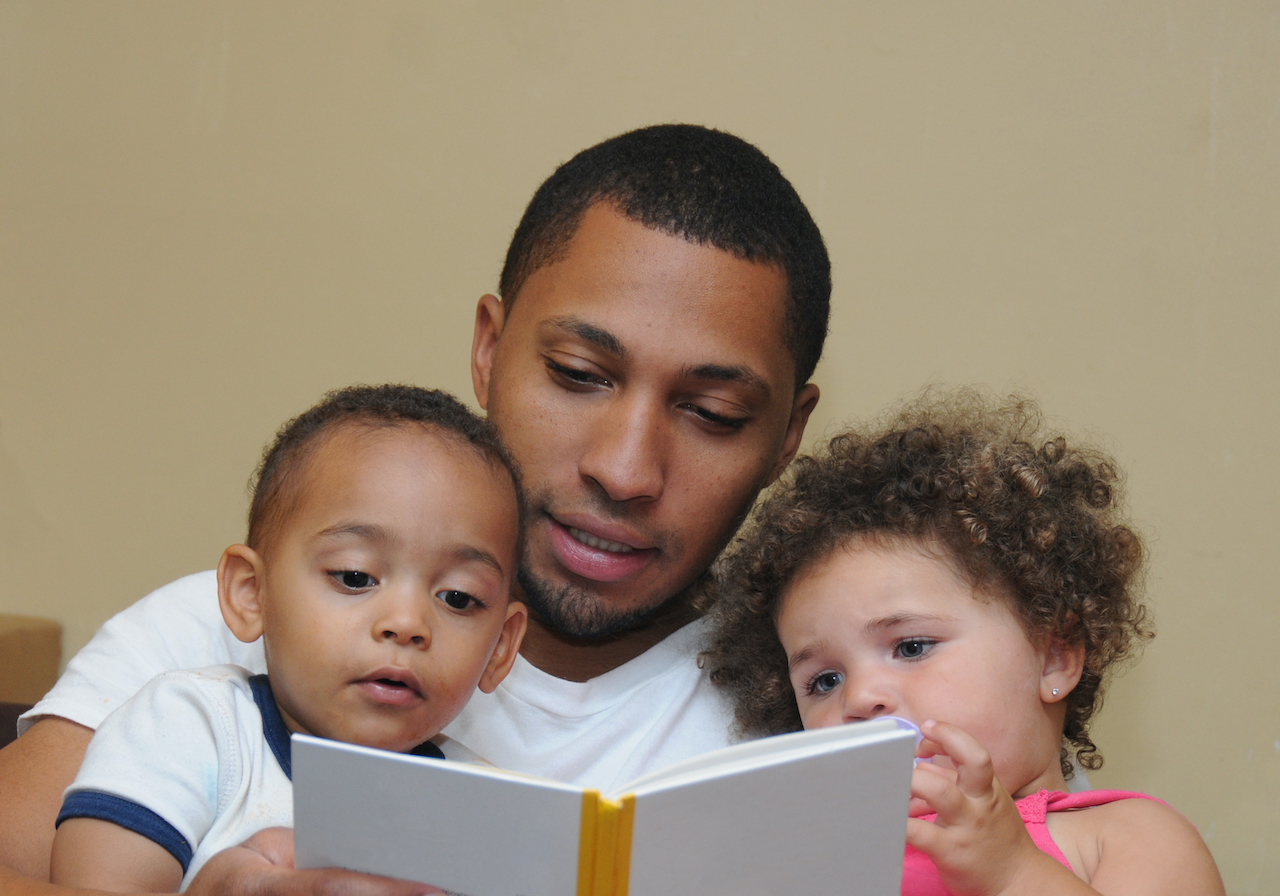
Off to school…
Once children start school, they will usually be offered a vision screening test by the local orthoptics team during their Reception year. This test takes place in school and will be aiming to check whether your child has any vision reduction or problems. Not all areas of the country offer this service, however, so it’s worth asking about this at your child’s school and booking in an eye test at an opticians if not.
Opticians and eye tests
One thing that you might be wondering about is whether you need to register your baby with an optician, and/or when to book them in for their first eye test. A video on the Specsavers UK YouTube channel (link below) suggests that the best time for a first eye test is between three and eight years of age, with between three and five years being a good window for correcting any problems.
There’s more great information about children’s eye tests, why they’re important and how they’re carried out on the Specsavers website (link below). They also include some key pointers to look out for which might suggest that your child has difficulties with their sight, including:
- frequently rubbing their eyes
- falling behind in school
- complaining of headaches or tired eyes
- regularly sitting too close to the TV or holding their reading book too close to their eyes
- closing one eye to watch TV, read or see better
- losing their place when reading, or using a finger to guide their eyes
The NHS also highlight clumsiness and difficulties with hand-eye co-ordination (e.g. having problems when joining in with ball games, catching etc) as potential indicators.
For children over six years of age with any eye issues or concerns, the Health Visitor/School Nurse team would advise parents to attend at their local opticians.
References and further reading:
NHS Newborn physical examination webpage
Public Health England Screening tests for you and your baby downloadable booklet
NHS Eye tests for children webpage – includes information on why tests are important, what tests are carried out and when, and links to further information on common eye problems in babies and children.
Specsavers Children’s eyecare webpage
Specsavers YouTube video – Let’s talk kids eye care

